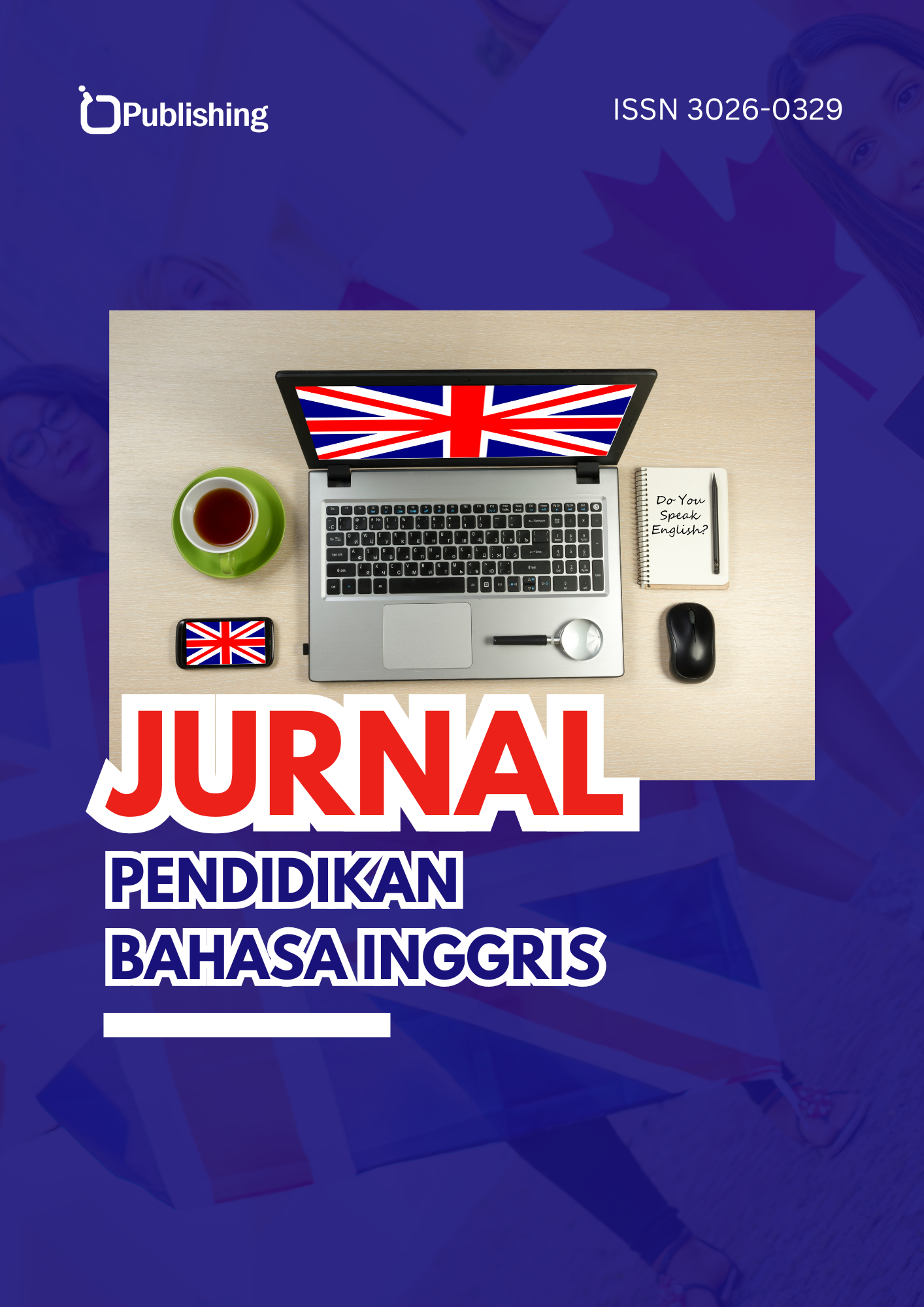The Representations of First Language Acquisition in the Speech of Three Years Old
DOI:
https://doi.org/10.47134/jpbi.v1i4.777Keywords:
Language Acquisition, Language Development, SentenceAbstract
The study aims to represent how three-year-old children output their language acquisition. As we know, language acquisition is one of the factors in a child's development. Language acquisition which is a process in humans in obtaining the ability to understand a language that becomes the foundation in the form of sentences to communicate. This research is a descriptive qualitative research with the stages of data collection, data analysis, and data presentation. The sources and data in this study are transcriptions of recordings of verbal speech of a 3-year-old child named Hanah Shaqueena. The data has been found in this study, there are 4 types of sentences in terms of syntactic form produced by a 3-year-oldchild named Hannah Shaqueena, namely Declarative Sentence Representation, Interrogative Sentence Representation, Imperative Sentence Representation, and Exclamatory Sentence Representation.
References
Alwi. (2003). Tata Bahasa Baku Bahasa Indonesia. Balai Pustaka.
Arsa, D., Atmazaki, A., & Juita, N. (2019). Literasi Awal pada Anak Usia Dini Suku Anak Dalam Dharmasraya. Jurnal Obsesi : Jurnal Pendidikan Anak Usia Dini, 3(1), 127. https://doi.org/10.31004/obsesi.v3i1.159 DOI: https://doi.org/10.31004/obsesi.v3i1.159
Aziz. (2012). Pemerolehan Kosakata Bahasa Pertama Anak Kedua Usia 16 Bulan. Jurnal Re-Torika, 2(8), 84–87.
Friederici, A. D. (2011). The brain basis of language processing: from structure to function. Physiol Rev. DOI: https://doi.org/10.1152/physrev.00006.2011
Hatch, H. G. & T. (1989). Multiple Intelligences Go to School: Educational Implications of the Theory of Multiple Intelligences. American Educational Research Association, 18(8), 4–10. DOI: https://doi.org/10.3102/0013189X018008004
Manaf. (2010). Sintaksis: Teori dan Terapannya dalam Bahasa Indonesia. Sukabina Press.
Manshur, Ali, R. N. J. (2021). PEMEROLEHAN BAHASA ANAK USIA 3-4 TAHUN DI DESA TEGALREJO BANYUWANGI DALAM KAJIAN PSIKOLINGUISTIK. PENEROKA, 1(2), 239–247. DOI: https://doi.org/10.30739/peneroka.v1i02.987
Miles, H. &. (2014). Analisis data kualitatif: buku sumber tentang metode-metode baru (terjemahan Tjetjep Rohendi Rohidi). UI Press.
Nursalam, N. (2018). Representasi Kalimat Pada Tuturan Anak Usia 3,6 Tahun. RETORIKA: Jurnal Bahasa, Sastra, Dan Pengajarannya, 11(2), 175. https://doi.org/10.26858/retorika.v11i2.6210 DOI: https://doi.org/10.26858/retorika.v11i2.6210
Osherson, K. &. (1995). Mental Imagery. The MIT Press.
Sentosa, A. R., & Apriliani, N. (2020). Pemerolehan Bahasa Pada Anak Usia Dini (Kajian Psikolinguistik). Seminar Nasional Pendidikan, 1–7.
Suparman. (2022). PEMEROLEHAN BAHASA ANAK USIA 3 TAHUN. Jurnal Penelitian Pendidikan Bahasa Dan Sastra Indonesia, 7(1), 67–77. DOI: https://doi.org/10.31943/bi.v7i1.145
Tarigan, H. G. (2011). Pengajaran Pemerolehan Bahasa. Angkasa.
Tarmini. (2013). Sintaksis Bahasa Indonesia. Universitas Lampung Press.
Yuniarsih, D., Ernanto, & Emidar. (2013). “Pemerolehan Kalimat Bahasa Indonesia pada Anak Usia 3;0-4;0 Tahun (Studi Kasus pada Muhamad Ahsan Hafiz).” Jurnal Pendidikan Bahasa Dan Sastra Indonesia, 1(2), 477–486.
Downloads
Published
How to Cite
Issue
Section
License
Copyright (c) 2024 Andhio Harsanta, Aulia Febriani, Mujadid Al-Ahmadan, Shilfa Luthfiah, Nargis

This work is licensed under a Creative Commons Attribution 4.0 International License.









